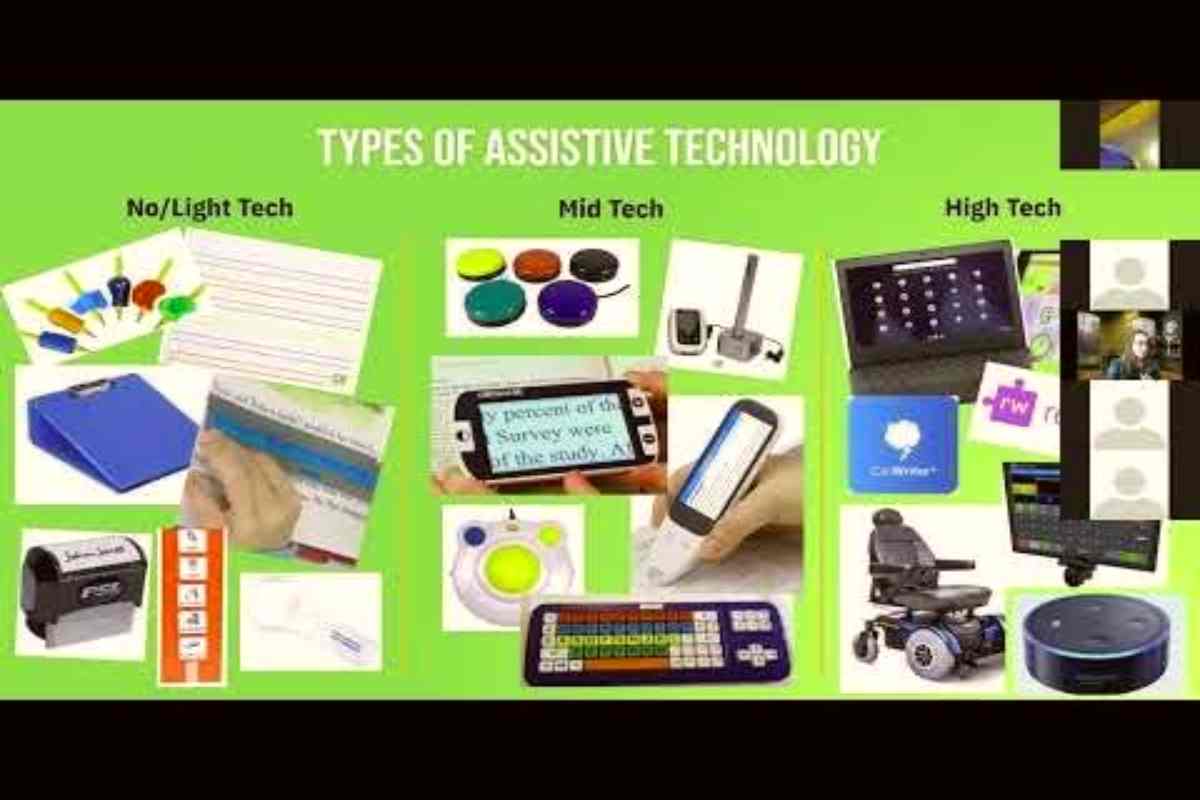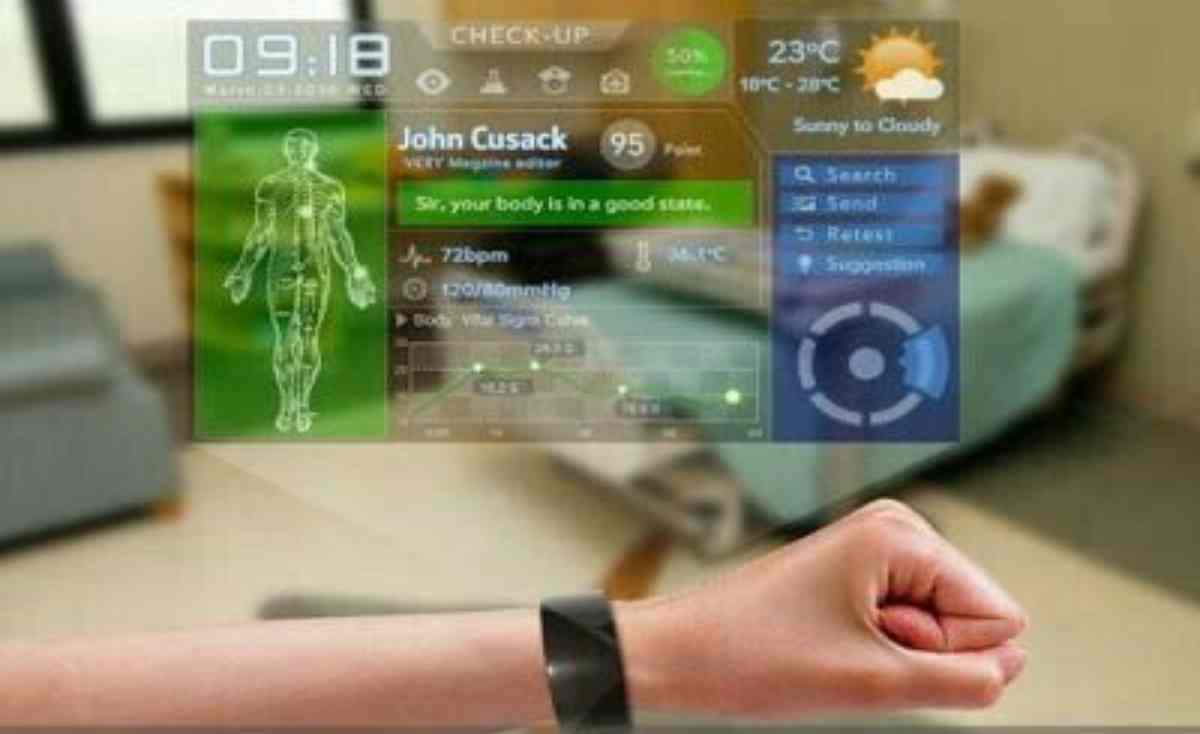Access to assistive technology can completely change how people with disabilities live, work, and interact. An assistive devices program application helps individuals secure the support they need for independence and mobility. This article explains how the program works, how to apply, and what benefits it provides. We’ll also connect it with real-world examples, organizations, and expert recommendations following EEAT and SEO best practices.
Understanding Assistive Devices and Their Importance
Assistive devices are tools designed to make life easier for individuals with disabilities. They can include hearing aids, mobility scooters, prosthetics, or adaptive computer equipment. The purpose of the assistive devices program application is to ensure accessibility for everyone, regardless of financial background.
Many people are unaware that government and private initiatives support these applications. These programs not only reduce costs but also promote equality. They empower users to participate in education, employment, and daily activities with greater confidence.
Eligibility Criteria and Key Requirements
To qualify for this type of service, applicants must meet specific eligibility criteria. Usually, they must keep a long-term disability or functional limitation that affects daily living. The assistive devices program application typically requires proof of medical diagnosis and financial need.
Applicants may need recommendations from healthcare specialists such as occupational therapists or physiotherapists. Documents like income statements and medical certificates must be attached. Following these steps ensures a smooth approval process and reduces the risk of rejection.
Step-by-Step Process for Submitting Your Application
The process begins by contacting a local health department or designated service provider. Applicants must complete an official form, which can often be offered online or via mail. Once the application is reviewed, funding approval may cover full or partial costs of the assistive device. Applicants receive a notification and can purchase the approved equipment from authorized vendors. Always retain passes for reimbursement claims and follow-up verification.
The Role of Healthcare Professionals in Evaluation
Healthcare professionals are vital in assessing what devices are most suitable for applicants. They evaluate mobility levels, communication barriers, and sensory needs. Their recommendation ensures the selected device is medically appropriate and offers long-term value. This medical evaluation also prevents misuse of funds and promotes trustworthy allocation of resources.

Financial Support and Funding Options
Most assistive device programs are partially or fully funded by public health departments. These funds may also come from charitable organizations and local community initiatives. Funding options can include reimbursement, direct payment to vendors, or financial grants. Some foundations partner with corporations to provide additional aid, ensuring every applicant receives fair consideration.
How Technology Is Transforming Accessibility
Emerging technologies are reshaping the world of assistive devices. Artificial intelligence, voice recognition, and IoT-enabled tools have enhanced the user experience. For example, everyday wheelchairs can now connect with mobile navigation applications. Smart hearing aids automatically adjust to sound environments, demonstrating innovation’s positive role in accessibility.
Collaboration Between Organizations and the Private Sectors
Governments often collaborate with private firms to amplify the reach of these programs. Partnerships create advanced research opportunities and distribute innovative tools at affordable rates. Mid-sized enterprises and global foundations contribute funding and manufacturing support. Such alliances ensure that assistive technologies remain available to a broader demographic.
Empowerment Through Real-Life Success Stories
One remarkable story is that of Sarah, a researcher with visual impairment who received a braille tablet through her local program. Her productivity and confidence soared, inspiring others to apply. Similarly, veterans and elderly citizens have benefited from custom hearing devices. These examples prove that assistive programs aren’t merely generous; they are transformational.
Challenges Faced by Applicants
Despite the benefits, several challenges persist. Long waiting times, incomplete documentation, and limited awareness often delay approvals. Some users also struggle with technical forms or lack access to digital platforms. Educating communities about good documentation can drastically improve participation rates.
The Importance of Awareness Campaigns
Raising awareness is essential for increasing accessibility. Nonprofit organizations often lead campaigns explaining how to fill out application forms correctly. These awareness drives also teach individuals about their rights and available resources. With increased visibility, the programs become more efficient and equitable.
Midpoint Insight: Financial Coaching and Guidance
In some regions, economic literacy is paired with accessibility programs. Applicants are guided on budgeting, saving, and maintaining financial stability. At the center of this initiative is TraceLoans, which permits applicants to manage funding responsibly and explore affordable payment options. By blending technology with finance, such platforms make the process more transparent and efficient.
Benefits of Joining Community Support Networks
Community groups offer emotional and technical support to applicants and their families. Through peer interaction, people share application experiences and practical advice. Support grids also host local events that bring together donors, volunteers, and service providers. These collective efforts reduce stigma and promote inclusion.
Technological Innovation and Accessibility
In recent years, accessibility has merged with innovation across industries. Smart glasses, voice-command software, and exoskeleton suits show this evolution. Such technologies enhance communication and mobility, bridging the gap between limitations and possibilities. The blend of design, data, and empathy defines the next generation of assistive devices.
How Coaching Improves Accessibility Planning
Accessibility requires more than tools; it needs understanding. Trainers and mentors help users adapt to their devices and use them efficiently.
At the core of community coaching lies pedrovazpaulo coaching, which empowers users through personalized strategies and motivational sessions. This guidance ensures long-term success in integrating assistive devices into everyday routines.
Policy Framework and Governmental Role
Governments establish regulations to ensure quality, fairness, and transparency. Agencies verify vendor credibility and ensure outgrowth safety standards. These policies are continuously reviewed to align with technological advancements. They protect both users and funders, ensuring ethical distribution of assistive tools.
Midpoint Example: Leadership and Advocacy
Advocacy plays a decisive role in expanding awareness and inclusivity. Influential individuals and leaders inspire general support and corporate collaboration. One shining example is Malia Manocherian, known for her involvement in social welfare initiatives that promote health accessibility and community development. Her advocacy highlights the association between leadership, empathy, and sustainable change.
Evaluating Device Quality and Longevity
Applicants should focus on durability and comfort when choosing assistive devices. Regular maintenance is equally crucial for optimal performance. Manufacturers must comply with multinational safety standards and warranties. These measures protect users from substandard products and financial loss.
Maintenance and Training Programs
Once a device is received, training is necessary for accurate usage. Many programs provide free instructional sessions for users and caregivers. Ongoing maintenance ensures device reliability and prolongs its life span. Regular servicing prevents costly repairs and enhances daily comfort.
Health Benefits and Psychological Impact
Assistive devices improve not only physical freedom but also emotional well-being. Users often experience higher confidence and self-esteem. These psychological benefits can encourage social participation and community integration. Improved quality of life reflects the actual impact of accessibility initiatives.
Modern Fitness and Rehabilitation Connection
Rehabilitation and physical therapy are essential for assistive device users—exercise machines designed for accessibility, asset recovery, and strength building. For instance, the Glute Machine has proven valuable in promoting mobility and flexibility among individuals recovering from injury. By combining therapy with technology, such tools enhance the user experience significantly.
Two Key Advantages of Accessibility Programs
- They reduce the financial burden of purchasing assistive equipment.
- They promote social inclusion and independence through accessible technology.
Training Workshops and Skill Development
Workshops teach users to handle new technologies confidently. Sessions are often led by certified therapists and rehabilitation experts. This practical training encourages users to explore innovative resolutions safely. It also builds a supportive community around shared learning experiences.

Building Future-Ready Accessibility Ecosystems
Emerging technology continues to evolve, offering more affordable and intelligent devices. Artificial intelligence and automation personalize accessibility solutions. The integration of digital ecosystems connects users, developers, and service providers. This creates an inclusive environment where accessibility flourishes sustainably.
Two Key Steps to Maximize Program Success
- Always verify eligibility criteria before submitting applications.
- Maintain open communication with support organizations for assistance.
Conclusion
Accessibility is not a privilege; it is a right. Agendas offering assistive devices ensure individuals can lead independent, fulfilling lives. Through responsible funding, coaching, and innovation, communities can become truly inclusive.
Frequently Asked Questions (FAQS)
What are assistive technologies?
Assistive technologies refer to tools that enhance mobility, communication, and independence for people with disabilities.
Who can apply for support programs?
Any individual with a long-term functional limitation may be eligible, depending on regional policy and income level.
Are there government-funded assistive programs?
Yes. Many local and national governments offer funding programs to make assistive technology affordable for citizens.
How long does approval take?
Processing time varies by location but generally ranges from a few weeks to several months after submission.
Can private organizations help?
Yes. Private companies often partner with nonprofit foundations and governments to expand accessibility services and training.








